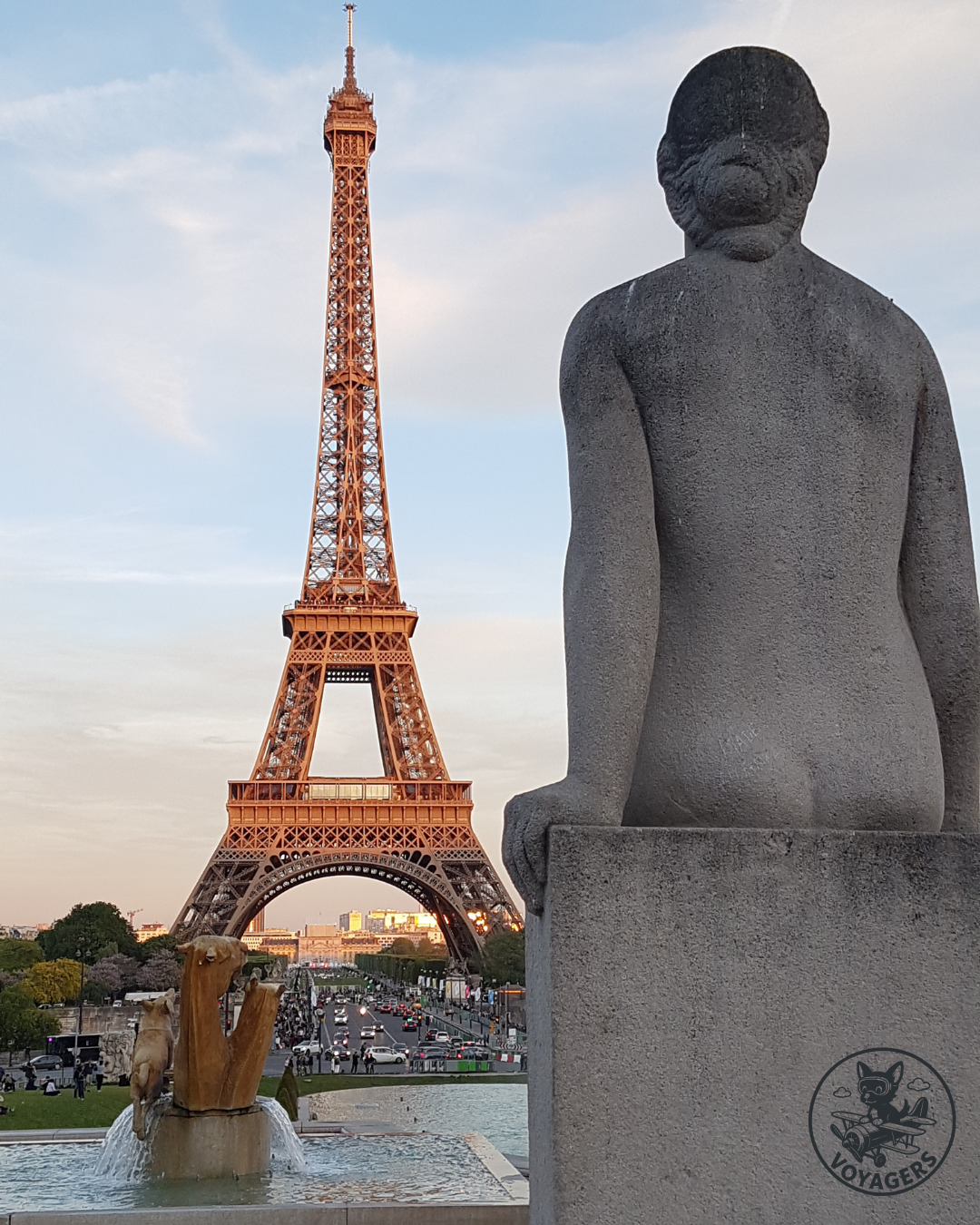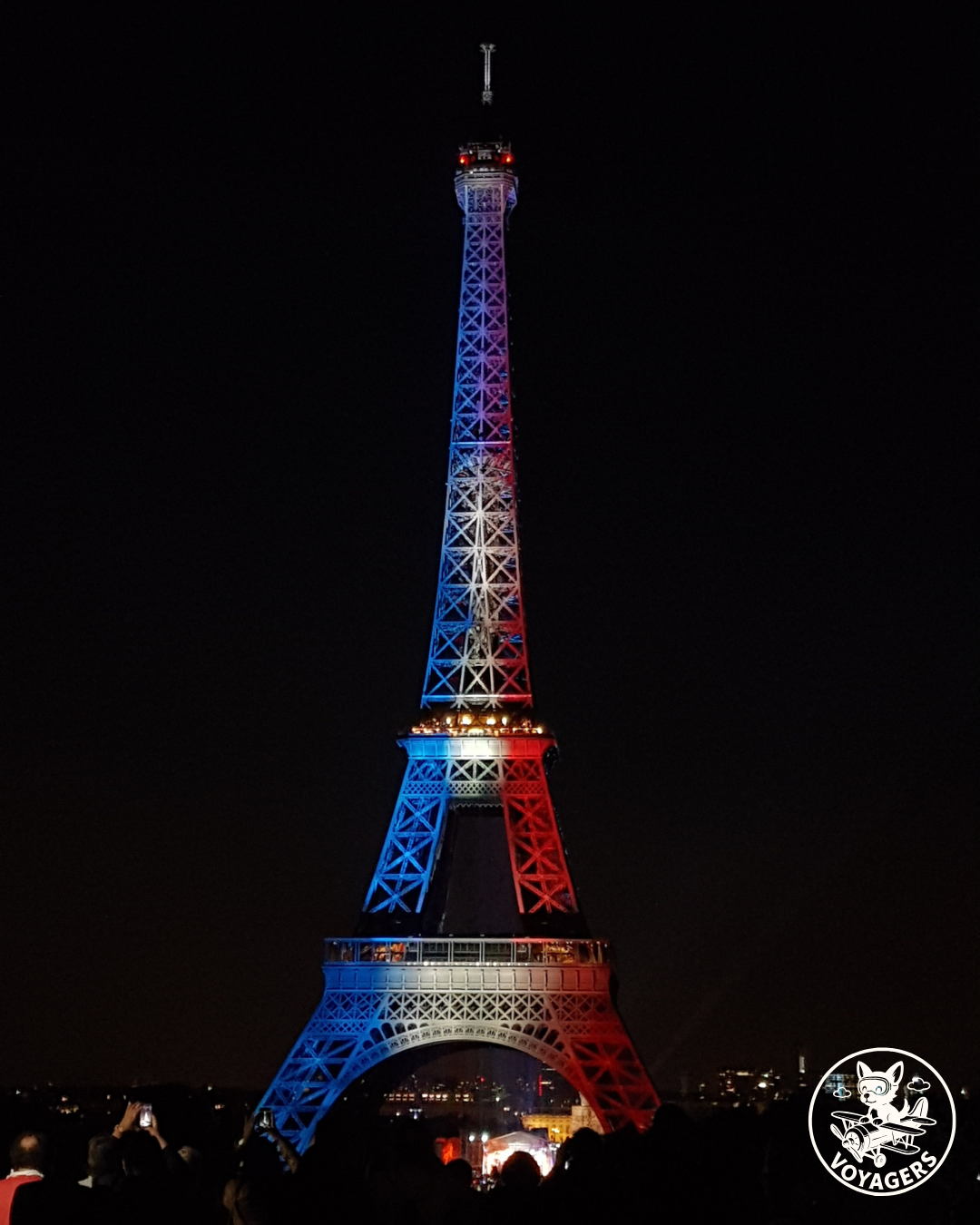At first glance, it seems like it’s always been there. The Eiffel Tower rises proudly above the Seine. It watches over the rooftops of Paris. Today, it’s one of the most photographed and most visited monuments in the world. But did you know that for a long time, Parisians hated it? Here is the astonishing story of this great Iron Lady, a tale of scandal, genius, and triumph.
A Birth Under High Tension
It’s 1884. Paris is preparing to host the 1889 World’s Fair, marking the centenary of the French Revolution. To make a statement, a competition is launched: they need a monumental work. The winner is engineer Gustave Eiffel. Already renowned for his metal bridges, he proposes a bold project: a 300-meter tower made entirely of iron. For decades, it would remain the tallest structure in the world.
But what was supposed to be a modern masterpiece became the butt of jokes. Over a hundred artists and intellectuals signed an outraged petition. They denounced the project, calling the future tower a “skeleton of iron,” a “tragic streetlamp,” and even a “monstrous factory chimney.”
The Rise of a Myth
Despite the backlash, construction began in 1887. Workers, perched without harnesses, assembled the structure piece by piece. They handled over 18,000 metal parts, fixed with 2.5 million rivets. The construction progressed at an exceptional pace: it took only two years, two months, and five days to complete. In just over two years, the unimaginable became reality: the tallest human-made structure soared into the Parisian sky.
On March 31, 1889, Gustave Eiffel himself climbed the 1,710 steps (the elevator wasn’t yet operational) to proudly plant the French flag at the top.
A Monument Saved by Science
Originally scheduled to be dismantled after 20 years, the tower was saved by a stroke of genius: Gustave Eiffel proposed equipping it with telecommunications devices. During World War I, it was used to intercept enemy messages. Later, it became a radio and television transmitter.
Science saved its life. And Paris gained a legend.
Secrets and Anecdotes of the Iron Lady
Gustave Eiffel had an office at the top: he received scientists and notable guests there, including Thomas Edison.
Since the year 2000, the Eiffel Tower sparkles every evening for five minutes at the start of each hour, thanks to the 20,000 light bulbs installed for this magical show.
In 1923, a journalist rode a bicycle down the tower! The police arrested him, but his stunt became legendary.
The color of the tower changes: maintenance teams repaint the Eiffel Tower every 7 years, applying three shades of brown—darker at the base, lighter at the top.
From Hated Tour to Global Star
Every year, nearly 7 million visitors from around the world ascend the Eiffel Tower, making it one of the most visited paid monuments in the world. It offers breathtaking views of Paris from its three levels, including the summit at 276 meters above ground.
The Eiffel Tower appears in countless films, advertisements, and even emojis. It embodies romance, elegance, and the grandeur of France. Yet it took time, courage, and a touch of madness for it to become one of the greatest symbols in the world.

